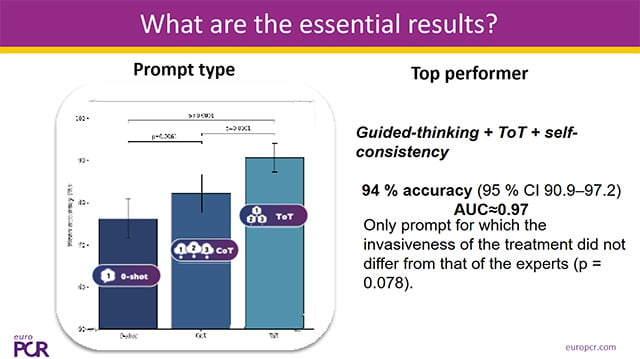3663 results for «2026»
3663 results
Antiplatelet strategies for clinical dilemmas
22 May 2025 – From EuroPCR 2025
Dive into the complexities of antiplatelet strategies tailored for challenging clinical scenarios. This session covers antiplatelet therapy in myocardial bridge, bleeding risk reduction via ticagrelor removal before urgent CABG, peri-procedural management for patients on oral anticoagulants undergoing PCI, and the use of cangrelor in out-of-hospital cardiac...
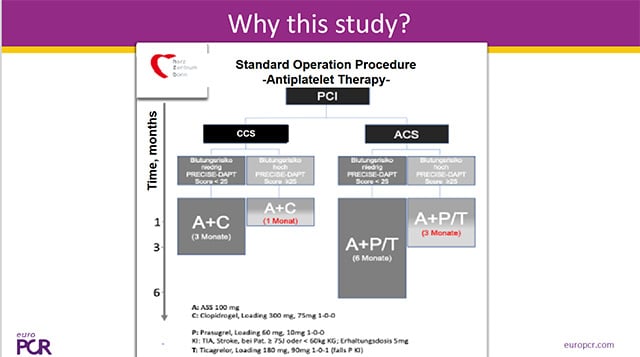
Management of complex left main trifurcation lesion
22 May 2025 – From EuroPCR 2025
This session focuses on the management of complex left main trifurcation lesions. Review hybrid and double TAP techniques, long-term follow-up outcomes, and innovative approaches such as the inverted double TAP technique, offering insights into optimizing treatment strategies for these challenging anatomical scenarios.
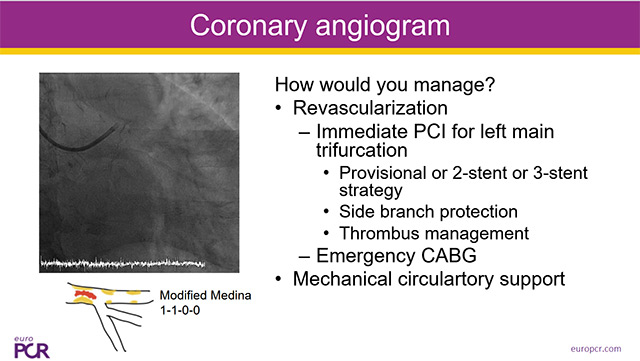
Troubleshooting and management communication in LAA closure
22 May 2025 – From EuroPCR 2025
This session provides comprehensive guidance on troubleshooting and communication during left atrial appendage (LAA) closure procedures. Covering device migration management, transeptal puncture in high bleeding risk patients, scoliosis adaptations, and advanced catheter techniques, it emphasizes practical solutions for procedural complications.
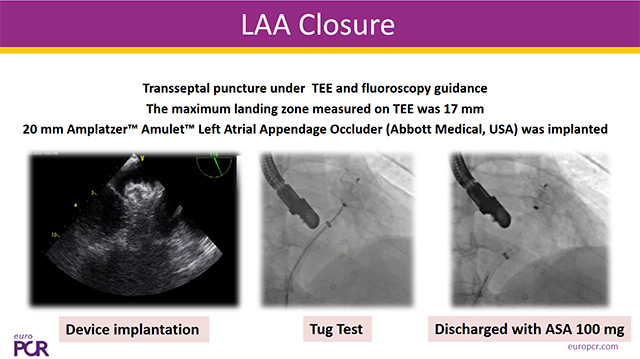
Novelty in ACS diagnosis and treatment
22 May 2025 – From EuroPCR 2025
Discover novel diagnostic and therapeutic advances in acute coronary syndrome (ACS) management. This session covers innovative topics such as paclitaxel-coated balloon angioplasty safety in STEMI, the prognostic role of carbon monoxide, AI-based ECG prediction of infarct-related arteries, microcirculatory resistance indices in MINOCA, and real-world optical coherence...
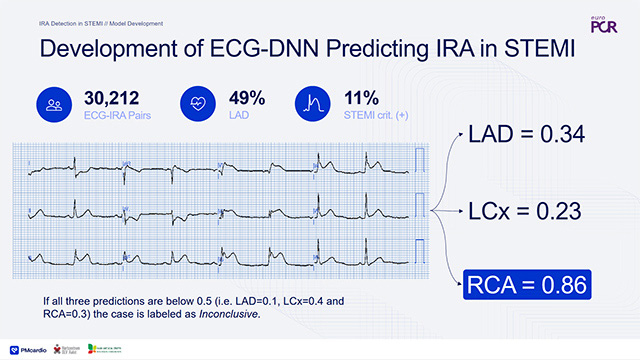
Extensive anterior STEMI - Treatment strategies from SCAI A to E
22 May 2025 – From EuroPCR 2025
Explore comprehensive treatment strategies for extensive anterior STEMI, focusing on risk stratification across the SCAI shock stages A to E. Learn to adapt mechanical circulatory support appropriately and understand principles guiding device selection and utilization in hemodynamic instability.
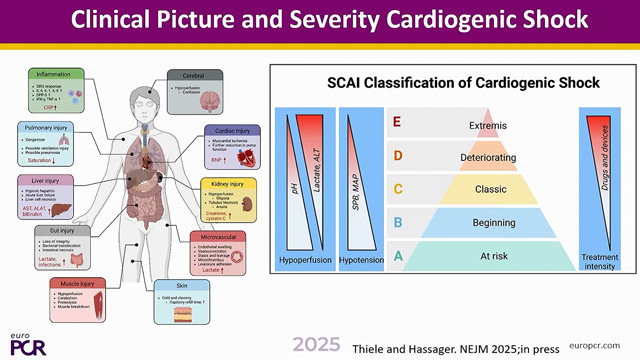
360 management of cardiogenic shock
22 May 2025 – From EuroPCR 2025
This session presents a comprehensive 360-degree approach to managing cardiogenic shock, featuring long-term outcomes of low-profile ventricular assist devices, emergency ECMO implementation in PCI centers without on-site surgery, and pharmacologic strategies comparing cangrelor and ticagrelor efficacy and safety in acute myocardial infarction complicated by cardiogenic shock...
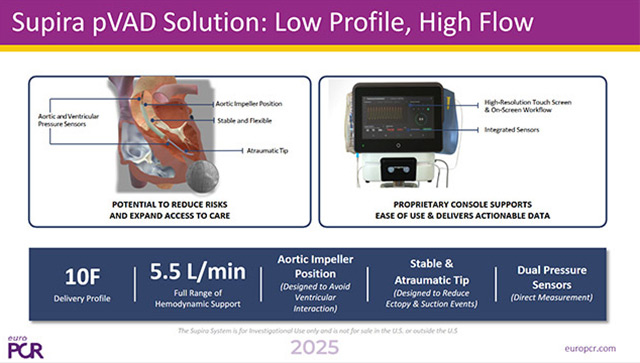
Intracoronary imaging guidance for PCI
22 May 2025 – From EuroPCR 2025
This session highlights the value of intracoronary imaging guidance for PCI, showcasing optical coherence tomography in complex ACS lesions, long-term outcomes from imaging-guided PCI trials, AI-enhanced quantification, and comparative analyses of intravascular lithotripsy versus rotational atherectomy.
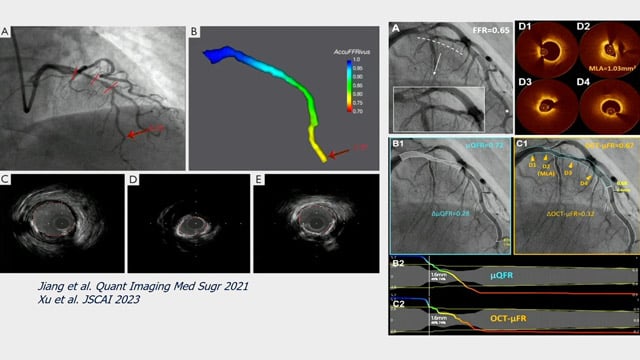
CTO PCI evolution: unlocking new approaches
22 May 2025 – From EuroPCR 2025
Unlock new approaches in chronic total occlusion (CTO) PCI with this session highlighting advanced techniques such as tip-in methods when microcatheters fail, support maximization strategies, rotational direction considerations during CTO, and timing of PCI in ACS patients with non-infarct related CTOs.
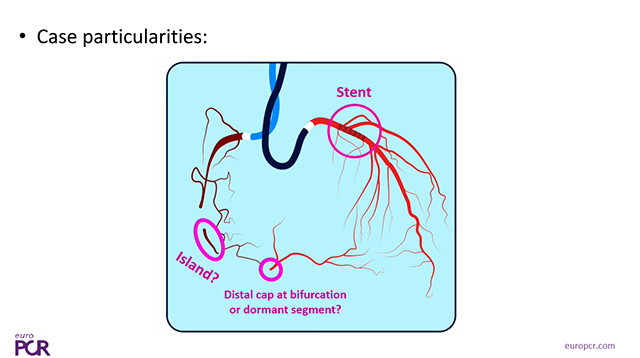
Assessment and management of patients with multivalvular disease involving the tricuspid valve
22 May 2025 – From EuroPCR 2025
Gain expertise on managing multivalvular disease involving the tricuspid valve by understanding diagnostic challenges, intervention indications, and associated pathophysiological factors. This session includes complex case studies focusing on combined valvular lesions and guideline limitations.
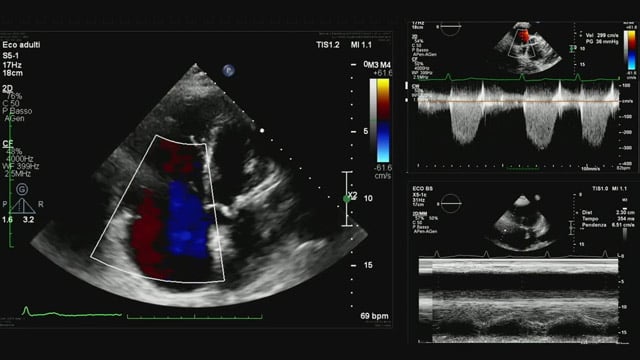
TAVI new devices
22 May 2025 – From EuroPCR 2025
Explore the latest innovations in transcatheter aortic valve implantation (TAVI) devices with a focus on coronary protection strategies, cerebral embolic protection integration, management of ventricular migration, and overcoming anatomical challenges such as bicuspid and rheumatic valve disease using novel platforms.
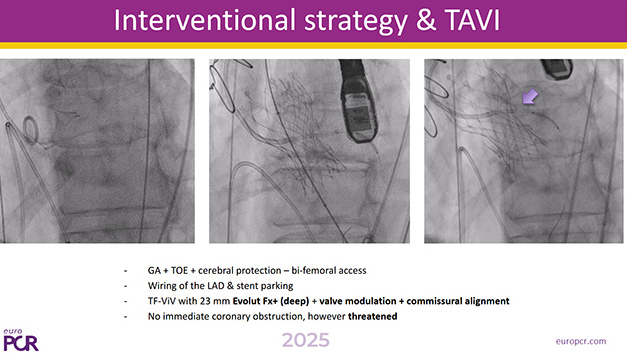
Role of coronary physiology in acute coronary syndrome patients
22 May 2025 – From EuroPCR 2025
Examine the role of coronary physiology in acute coronary syndrome patients, including plaque characteristics related to ACS risk, prognostic value of AngioIMR in STEMI, functional significance of lumen and plaque features, diagnostic accuracy of quantitative flow ratio, and the impact of adenosine administration routes on FFR...
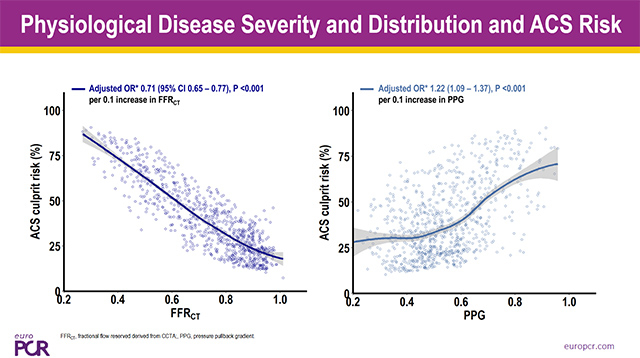
Best companion's case on coronary complications
22 May 2025 – From EuroPCR 2025
This session showcases expert cases addressing coronary complications during PCI, including novel optimization approaches, managing intervention challenges under pressure, unconventional staged PCI strategies, and decision-making in high-risk scenarios to improve procedural safety and outcomes.
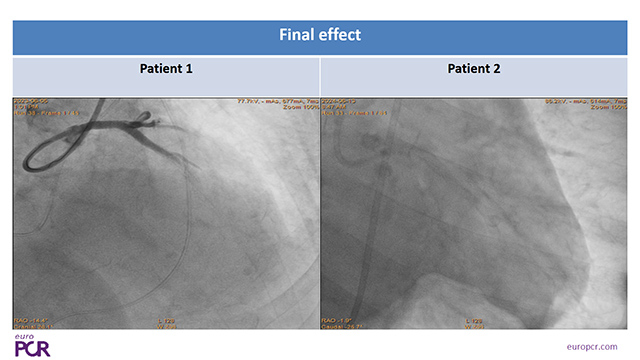
Innovation to address unmet clinical needs in transcatheter valve therapies
22 May 2025 – From EuroPCR 2025
Discover innovations addressing unmet clinical needs in transcatheter valve therapies. This session shares case-based experiences including young aortic stenosis patients, mitral regurgitation with annular calcification, and severe tricuspid regurgitation with right ventricular dysfunction, alongside the latest advances in TAVI, TMVR, and tricuspid interventions.
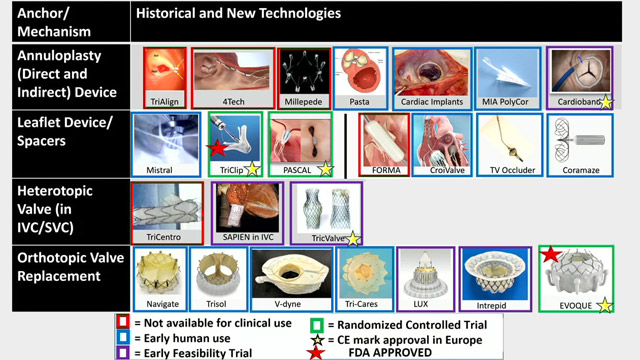
What an interventional cardiologist should know about anti-thrombotics
22 May 2025 – From EuroPCR 2025
This session provides comprehensive knowledge on anti-thrombotic management for interventional cardiologists, emphasizing effective inhibition during acute STEMI, latest evidence implementation for high bleeding risk patients, and customization of dual antiplatelet therapy in patients with high thrombotic and low bleeding risks through clinical cases and evidence-based recommendations.
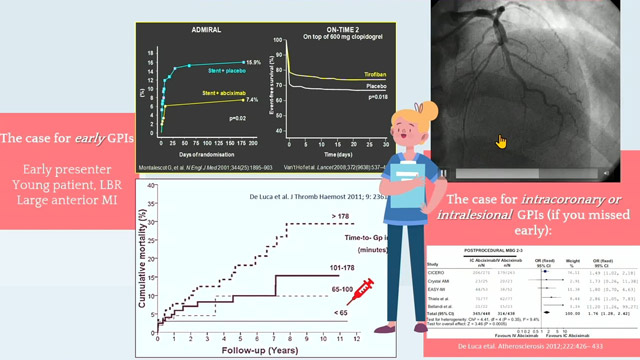
Procedural planning and risk stratification in multivessel PCI
22 May 2025 – From EuroPCR 2025
This session focuses on procedural planning and risk stratification in multivessel PCI, presenting data from the TALENT and FIRE trials, prognostic value of post-PCI physiological assessments, and an innovative study comparing large language models in managing complex interventional cardiology cases.
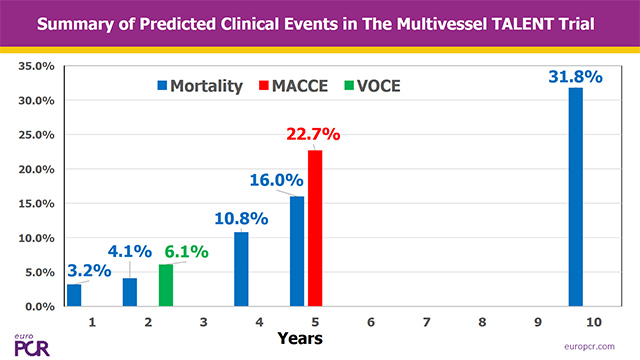
What did we learn from my TAVI complications?
22 May 2025 – From EuroPCR 2025
Review critical lessons from TAVI complications, focusing on early identification and management of access site issues and acute coronary obstruction. Learn effective preventive actions and procedural strategies to minimize severe TAVI-related complications through detailed case discussions.
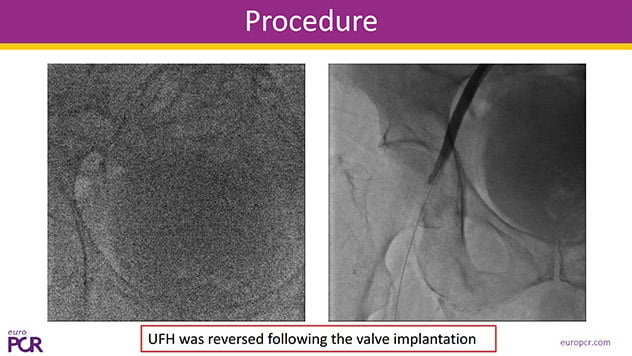
Optimising TEER in challenging anatomies
22 May 2025 – From EuroPCR 2025
Optimize transcatheter edge-to-edge repair (TEER) strategies in challenging anatomies with focus on tricuspid valve interventions, recognition of multivalvular disease, and planning combined mitral and tricuspid TEER procedures. Case studies highlight feasibility challenges and dual valve repair approaches.
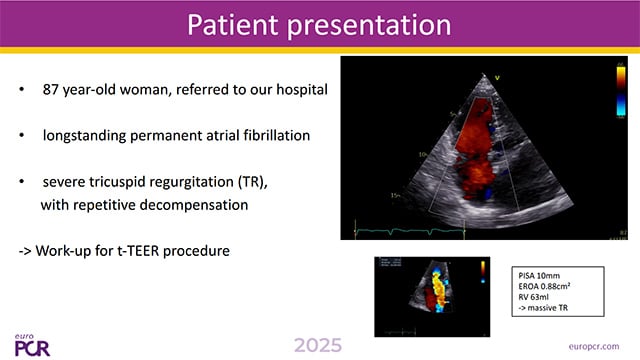
Atherectomy for CTO-PCI
22 May 2025 – From EuroPCR 2025
Explore atherectomy applications in CTO-PCI with cases demonstrating reverse cart technique, orbital atherectomy in heavily calcified occlusions, and management of atherectomy-induced coronary dissection. Gain practical insights into navigating complex CTO lesions with atherectomy support.
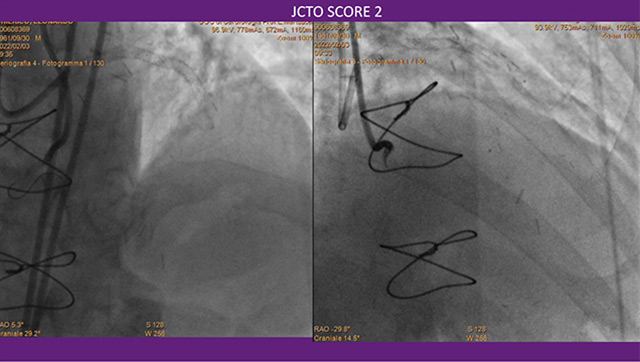
Building bridges, not barriers: transforming communication with patients
22 May 2025 – From EuroPCR 2025
Enhance your communication skills with patients undergoing interventional cardiology procedures. This session emphasizes verbal and non-verbal techniques to inform and support patients, simplifying complex procedural explanations, and strengthening your role as the critical link between patients and the healthcare team for improved outcomes.
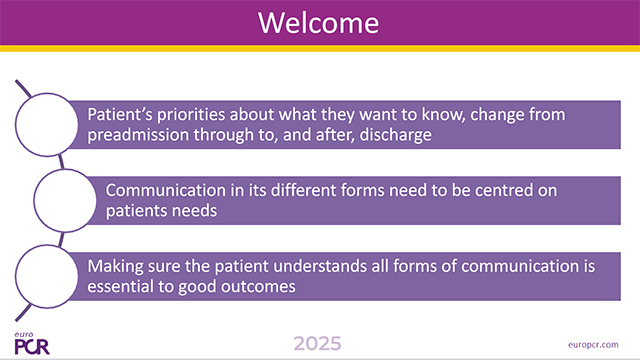
Outcome prediction using artificial intelligence and meta-analysis
22 May 2025 – From EuroPCR 2025
This session presents outcome prediction advancements through artificial intelligence and meta-analysis in cardiology. Topics include AI-guided aortic stenosis risk stratification, predictors of periprocedural stroke after TAVI, patient-specific computer simulations for bicuspid TAVI, and enhancements in large language model accuracy using Heart Team simulation.
